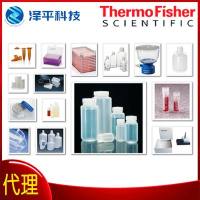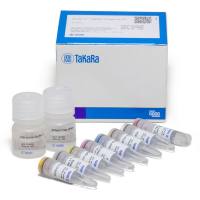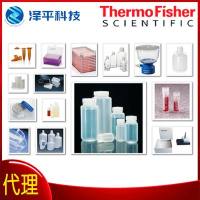Requirements, Features, and Performance of High Content Screening Platforms
互联网
402
High content screening (HCS) platforms integrate fluorescence microscopy with image analysis algorithms and informatics to automate cell analysis. The initial applications of HCS to secondary screening in drug discovery have spread throughout the discovery pipeline, and now into the expanding research field of systems cell biology, in which new manipulation tools enable the use of large scale screens to understand cellular pathways, and cell functions. In this chapter we discuss the requirements for HCS and the systems that have been designed to meet these application needs. The number of HCS systems available in the market place, and the range of features available, has grown considerably in the past 2 yr. Of the two general optical designs, the confocal systems have dominated the high-throughput HCS market, whereas the more cost effective wide-field systems have dominated all other market segments, and have a much larger market share. The majority of available systems have been optimized for fixed cell applications; however, there is growing interest in live cell kinetic assays, and four systems have successfully penetrated this application area. The breadth of applications for these systems continues to expand, especially with the integration of new technologies. New applications, improved software, better data visualization tools, and new detection methods such as multispectral imaging and fluorescence lifetime are predicted to drive the development of future HCS platforms.









